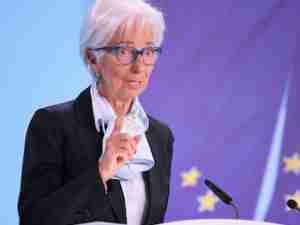The US trade deficit shrank for a fifth month in August to the smallest in more than a year, reflecting a decline in the value of imports that’s poised to lend support to economic growth in the third quarter.
The trade gap in goods and services narrowed by $3.1 billion, or 4.3% from a month earlier, to $67.4 billion, Commerce Department data showed Wednesday. The figure, which isn’t adjusted for inflation, was in line with the $67.7 billion median estimate in a Bloomberg survey of economists.
The value of goods and services imports fell 1.1% in August to $326.3 billion, while exports eased 0.3% to $258.9 billion, according to the government.
A shift in consumer spending patterns that favors services and experiences -- and comes at the expense of merchandise -- is helping temper demand for products made overseas. Furthermore, some retailers have reported canceling and reducing orders to bring inventories more in line with sales.
Meanwhile, external demand for US goods and services remains soft as economies in much of the world struggle for momentum against a backdrop of rising interest rates and high inflation. A soaring dollar is also making US goods more expensive for overseas customers.
On an inflation-adjusted basis, the August merchandise trade deficit shrank to about $99 billion, the smallest since January 2021.

Digging Deeper
- The nominal merchandise-trade deficit narrowed 3.8% to $87.6 billion, the smallest since October
- Travel exports -- or spending by visitors to the US -- fell nearly 3% to $11.4 billion
- Travel imports, a measure of Americans traveling abroad, rose 2.7% to $9.5 billion
- The US merchandise-trade deficit with China grew to $37.4 billion, the largest shortfall since November 2018, driven by a surge in imports in the period




